ZHCS361C September 2011 – October 2017 TPS54623
PRODUCTION DATA.
- 1 特性
- 2 应用
- 3 说明
- 4 修订历史记录
- 5 Pin Configuration and Functions
- 6 Specifications
-
7 Detailed Description
- 7.1 Overview
- 7.2 Functional Block Diagram
- 7.3
Feature Description
- 7.3.1 VIN and Power VIN Pins (VIN and PVIN)
- 7.3.2 Voltage Reference
- 7.3.3 Adjusting the Output Voltage
- 7.3.4 Safe Start-up into Pre-Biased Outputs
- 7.3.5 Error Amplifier
- 7.3.6 Slope Compensation
- 7.3.7 Enable and Adjusting Undervoltage Lockout
- 7.3.8 Slow Start (SS/TR)
- 7.3.9 Power Good (PWRGD)
- 7.3.10 Bootstrap Voltage (BOOT) and Low Dropout Operation
- 7.3.11 Sequencing (SS/TR)
- 7.3.12 Output Overvoltage Protection (OVP)
- 7.3.13 Overcurrent Protection
- 7.3.14 Thermal Shutdown
- 7.3.15 Small Signal Model for Loop Response
- 7.3.16 Simple Small Signal Model for Peak Current Mode Control
- 7.3.17 Small Signal Model for Frequency Compensation
- 7.4 Device Functional Modes
-
8 Application and Implementation
- 8.1 Application Information
- 8.2
Typical Application
- 8.2.1 Design Requirements
- 8.2.2
Detailed Design Procedure
- 8.2.2.1 Custom Design With WEBENCH® Tools
- 8.2.2.2 Operating Frequency
- 8.2.2.3 Output Inductor Selection
- 8.2.2.4 Output Capacitor Selection
- 8.2.2.5 Input Capacitor Selection
- 8.2.2.6 Slow Start Capacitor Selection
- 8.2.2.7 Bootstrap Capacitor Selection
- 8.2.2.8 Under Voltage Lockout Set Point
- 8.2.2.9 Output Voltage Feedback Resistor Selection
- 8.2.2.10 Compensation Component Selection
- 8.2.3 Application Curves
- 9 Power Supply Recommendations
- 10Layout
- 11器件和文档支持
- 12机械、封装和可订购信息
6 Specifications
6.1 Absolute Maximum Ratings
over operating free-air temperature range (unless otherwise noted)(1)| MIN | MAX | UNIT | ||
|---|---|---|---|---|
| Input voltage | VIN | –0.3 | 20 | V |
| PVIN | –0.3 | 20 | ||
| EN | –0.3 | 6 | ||
| BOOT | –0.3 | 27 | ||
| VSENSE | –0.3 | 3 | ||
| COMP | –0.3 | 3 | ||
| PWRGD | –0.3 | 6 | ||
| SS/TR | –0.3 | 3 | ||
| RT/CLK | –0.3 | 6 | ||
| Output voltage | BOOT-PH | 0 | 7.5 | V |
| PH | –1 | 20 | ||
| PH (10-ns transient) | –3 | 20 | ||
| Vdiff (GND to exposed thermal pad) | –0.2 | 0.2 | V | |
| Source current | RT/CLK | ±100 | µA | |
| PH | Current limit | A | ||
| Sink current | PH | Current limit | A | |
| PVIN | Current limit | A | ||
| COMP | ±200 | µA | ||
| PWRGD | –0.1 | 5 | mA | |
| Operating junction temperature, TJ | –40 | 150 | °C | |
| Storage temperature, Tstg | –65 | 150 | °C | |
(1) Stresses beyond those listed under Absolute Maximum Ratings may cause permanent damage to the device. These are stress ratings only, which do not imply functional operation of the device at these or any other conditions beyond those indicated under Recommended Operating Conditions. Exposure to absolute-maximum-rated conditions for extended periods may affect device reliability.
6.2 ESD Ratings
| VALUE | UNIT | |||
|---|---|---|---|---|
| V(ESD) | Electrostatic discharge | Human-body model (HBM), per ANSI/ESDA/JEDEC JS-001(1) | ±2000 | V |
| Charged-device model (CDM), per JEDEC specification JESD22-C101(2) | ±500 | |||
(1) JEDEC document JEP155 states that 500-V HBM allows safe manufacturing with a standard ESD control process.
(2) JEDEC document JEP157 states that 250-V CDM allows safe manufacturing with a standard ESD control process.
6.3 Recommended Operating Conditions
over operating free-air temperature range (unless otherwise noted)| MIN | NOM | MAX | UNIT | ||
|---|---|---|---|---|---|
| VVIN | Input voltage | 4.5 | 17 | V | |
| VPVIN | Input voltage | 1.7 | 17 | V | |
| IOUT | Output current | 0 | 6 | A | |
| TJ | Operating junction temperature | –40 | 150 | °C | |
6.4 Thermal Information
| THERMAL METRIC(1)(2) | TPS54623 | UNIT | ||
|---|---|---|---|---|
| RHL (VQFN) | ||||
| 14 PINS | ||||
| RθJA | Junction-to-ambient | Thermal resistance | 40.1 | °C/W |
| Test board(3) | 32 | |||
| RθJC(top) | Junction-to-case (top) thermal resistance | 34.4 | °C/W | |
| RθJB | Junction-to-board thermal resistance | 11.4 | °C/W | |
| ψJT | Junction-to-top characterization parameter | 0.5 | °C/W | |
| ψJB | Junction-to-board characterization parameter | 11.4 | °C/W | |
| RθJC(bot) | Junction-to-case (bottom) thermal resistance | 1.8 | °C/W | |
(1) For more information about traditional and new thermal metrics, see the Semiconductor and IC Package Thermal Metrics application report.
(2) Power rating at a specific ambient temperature TA should be determined with a junction temperature of 150°C. This is the point where distortion starts to substantially increase. Thermal management of the PCB should strive to keep the junction temperature at or below 150°C for best performance and long-term reliability. See power dissipation estimate in application section of this data sheet for more information.
(3) Test board conditions:
- 2.5 inches × 2.5 inches, 4 layers, thickness: 0.062 inch
- 2 oz. copper traces located on the top of the PCB
- 2 oz. copper ground planes on the 2 internal layers and bottom layer
- 4 0.010 inch thermal vias located under the device package
6.5 Electrical Characteristics
TJ = –40°C to 150°C, VIN = 4.5 V to 17 V, PVIN = 1.6 V to 17 V (unless otherwise noted)| PARAMETER | TEST CONDITIONS | MIN | TYP | MAX | UNIT | |
|---|---|---|---|---|---|---|
| SUPPLY VOLTAGE (VIN AND PVIN PINS) | ||||||
| PVIN operating input voltage | 1.6 | 17 | V | |||
| VIN operating input voltage | 4.5 | 17 | V | |||
| VIN internal UVLO threshold | VIN rising | 4.0 | 4.5 | V | ||
| VIN internal UVLO hysteresis | 150 | mV | ||||
| VIN shutdown supply Current | EN = 0 V | 2 | 5 | μA | ||
| VIN operating – non switching supply current | VSENSE = 810 mV | 250 | 500 | μA | ||
| ENABLE AND UVLO (EN PIN) | ||||||
| Enable threshold | Rising | 1.21 | 1.26 | V | ||
| Enable threshold | Falling | 1.10 | 1.17 | V | ||
| Input current | EN = 1.1 V | 1.15 | μA | |||
| Hysteresis current | EN = 1.3 V | 3.3 | μA | |||
| VOLTAGE REFERENCE | ||||||
| Voltage reference | 0 A ≤ IOUT ≤ 6 A | 0.594 | 0.6 | 0.606 | V | |
| MOSFET | ||||||
| High-side switch resistance | BOOT-PH = 3 V | 32 | 60 | mΩ | ||
| High-side switch resistance(1) | BOOT-PH = 6 V | 26 | 40 | mΩ | ||
| Low-side switch resistance(1) | VIN = 12 V | 19 | 30 | mΩ | ||
| ERROR AMPLIFIER | ||||||
| Error amplifier Transconductance (gm) | –2 μA < ICOMP < 2 μA, V(COMP) = 1 V | 1300 | μMhos | |||
| Error amplifier dc gain | VSENSE = 0.6 V | 1000 | 3100 | V/V | ||
| Error amplifier source/sink | V(COMP) = 1 V, 100 mV input overdrive | ±110 | μA | |||
| Start switching peak current threshold | 1 | A | ||||
| COMP to Iswitch gm | 16 | A/V | ||||
| CURRENT LIMIT | ||||||
| High-side switch current limit threshold | 8 | 11 | 14 | A | ||
| Low-side switch sourcing current limit | 6.5 | 10 | 15 | A | ||
| Low-side switch sinking current limit | 200 | 600 | mA | |||
| Hiccup wait time | 512 | Cycles | ||||
| Hiccup time before re-start | 16384 | Cycles | ||||
| THERMAL SHUTDOWN | ||||||
| Thermal shutdown | 160 | 175 | °C | |||
| Thermal shutdown hysteresis | 10 | °C | ||||
| Thermal shutdown hiccup time | 16384 | Cycles | ||||
| TIMING RESISTOR AND EXTERNAL CLOCK (RT/CLK PIN) | ||||||
| Minimum switching frequency | RRT = 240 kΩ (1%) | 160 | 200 | 240 | kHz | |
| Switching frequency | RRT = 100 kΩ (1%) | 400 | 480 | 560 | kHz | |
| Maximum switching frequency | RRT = 29 kΩ (1%) | 1440 | 1600 | 1760 | kHz | |
| Minimum pulse width | 20 | ns | ||||
| RT/CLK high threshold | 2 | V | ||||
| RT/CLK low threshold | 0.8 | V | ||||
| RT/CLK falling edge to PH rising edge delay | Measure at 500 kHz with RT resistor in series | 66 | ns | |||
| Switching frequency range (RT mode set point and PLL mode) | 200 | 1600 | kHz | |||
| PH (PH PIN) | ||||||
| Minimum on-time | Measured at 90% to 90% of VIN, 25°C, IPH = 2 A | 94 | 145 | ns | ||
| Minimum off-time | BOOT-PH ≥ 3 V | 0 | ns | |||
| BOOT (BOOT PIN) | ||||||
| BOOT-PH UVLO | 2.1 | 3 | V | |||
| SLOW START AND TRACKING (SS/TR PIN) | ||||||
| SS charge current | 2.3 | μA | ||||
| SS/TR to VSENSE matching | V(SS/TR) = 0.4 V | 20 | 60 | mV | ||
| POWER GOOD (PWRGD PIN) | ||||||
| VSENSE threshold | VSENSE falling (Fault) | 92% | Vref | |||
| VSENSE rising (good) | 94% | Vref | ||||
| VSENSE rising (Fault) | 106% | Vref | ||||
| VSENSE falling (Good) | 104% | Vref | ||||
| Output high leakage | VSENSE = Vref, V(PWRGD) = 5.5 V | 30 | 100 | nA | ||
| Output low | I(PWRGD) = 2 mA | 0.3 | V | |||
| Minimum VIN for valid output | V(PWRGD) < 0.5 V at 100 μA | 0.6 | 1 | V | ||
| Minimum SS/TR voltage for PWRGD | 1.4 | V | ||||
(1) Measured at pins
6.6 Typical Characteristics
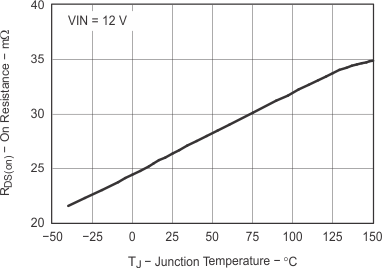 Figure 1. High-Side RDS(on) vs Temperature
Figure 1. High-Side RDS(on) vs Temperature
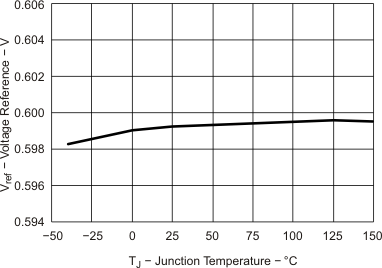 Figure 3. Voltage Reference vs Temperature
Figure 3. Voltage Reference vs Temperature
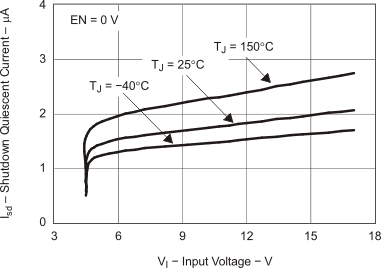 Figure 5. Shutdown Quiescent Current
Figure 5. Shutdown Quiescent Currentvs Input Voltage
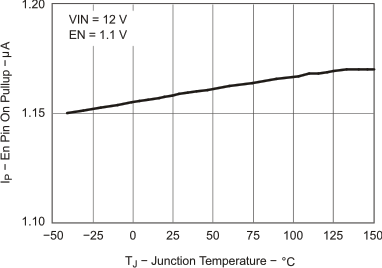 Figure 7. Pin Pullup Current vs Temperature
Figure 7. Pin Pullup Current vs Temperature
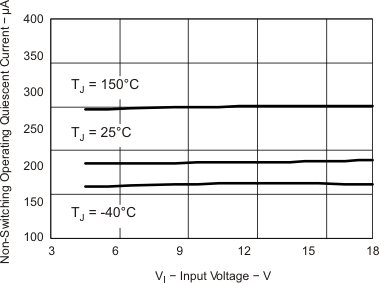 Figure 9. Non-Switching Operating Quiescent
Figure 9. Non-Switching Operating QuiescentCurrent (VIN) vs Input Voltage
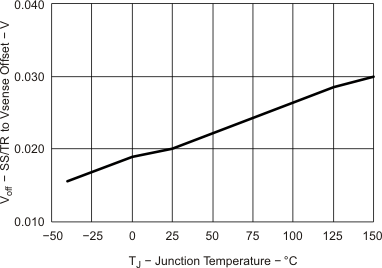 Figure 11. (SS/TR - VSENSE) Offset vs Temperature
Figure 11. (SS/TR - VSENSE) Offset vs Temperature
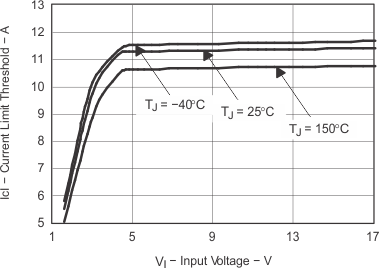 Figure 13. High-Side Current limit Threshold
Figure 13. High-Side Current limit Thresholdvs Input Voltage
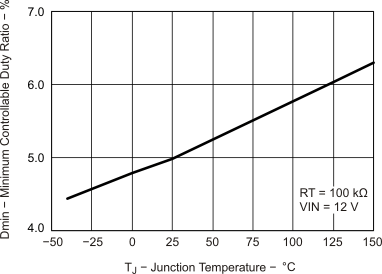 Figure 15. Minimum Controllable Duty Ratio
Figure 15. Minimum Controllable Duty Ratiovs Junction Temperature
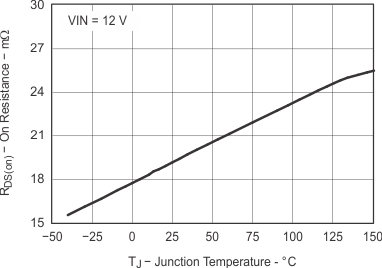 Figure 2. Low-Side RDS(on) vs Temperature
Figure 2. Low-Side RDS(on) vs Temperature
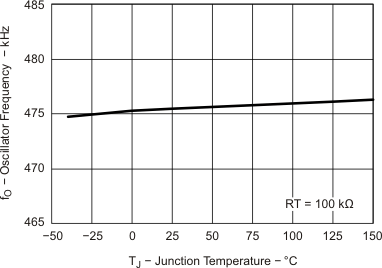 Figure 4. Oscillator Frequency vs Temperature
Figure 4. Oscillator Frequency vs Temperature
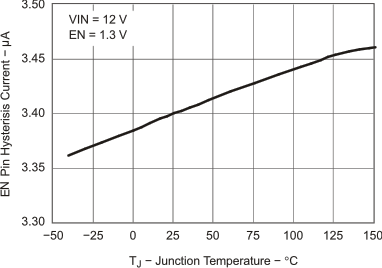 Figure 6. EN Pin Hysteresis Current vs Temperature
Figure 6. EN Pin Hysteresis Current vs Temperature
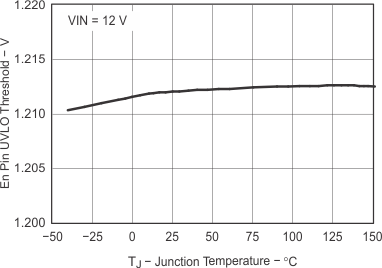 Figure 8. Pin UVLO Threshold vs Temperature
Figure 8. Pin UVLO Threshold vs Temperature
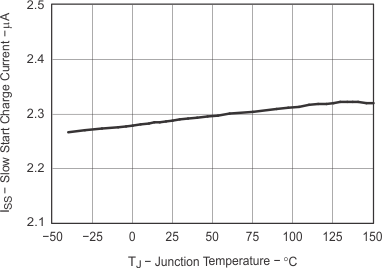 Figure 10. Slow Start Charge Current
Figure 10. Slow Start Charge Currentvs Temperature
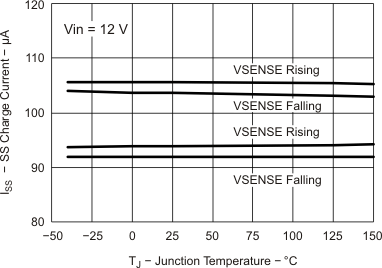 Figure 12. PWRGD Threshold vs Temperature
Figure 12. PWRGD Threshold vs Temperature
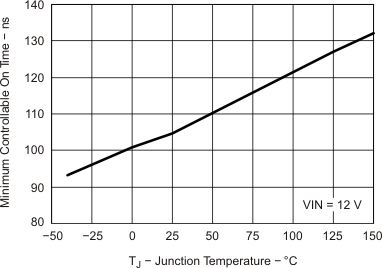 Figure 14. Minimum Controllable On Time
Figure 14. Minimum Controllable On Timevs Temperature
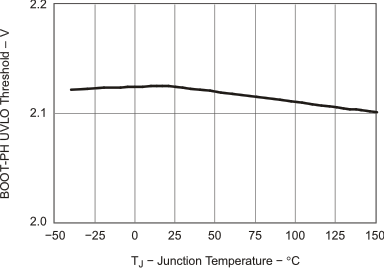 Figure 16. BOOT-PH UVLO Threshold
Figure 16. BOOT-PH UVLO Thresholdvs Temperature